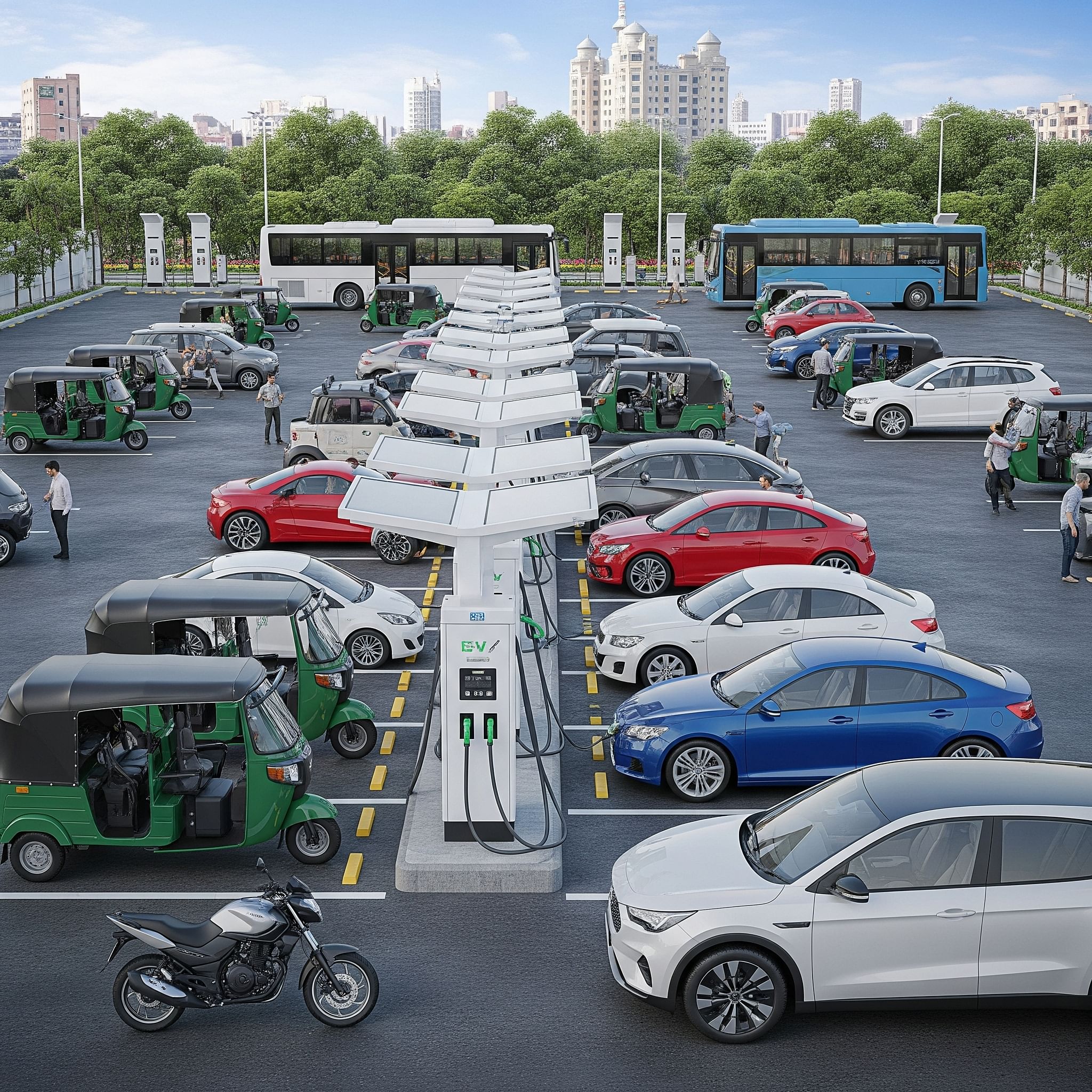India's Power Sector Outlook: Growth, Challenges, and Sustainability Goals
Key Ideas
- India's electricity demand is projected to grow by 6-6.5% annually over the next five years, driven by electric vehicles, data centers, and green hydrogen production.
- The power sector is expected to add a record 44 GW capacity in FY2026, with renewable energy contributing the majority of new capacity.
- State electricity distribution companies face mounting debt burdens, with gross debt reaching Rs 7.4 trillion as of March 2024, impacting tariff adjustments and operational losses.
- ICRA maintains a negative outlook for the power distribution segment due to inadequate tariff adjustments and ongoing operational losses, despite encouraging developments in the sector.
India's power sector is poised for significant growth and faces various challenges as it navigates towards sustainability goals. The credit rating agency ICRA projects a robust increase in electricity demand, primarily fueled by electric vehicles, data centers, and green hydrogen production. This growth trend represents an acceleration from the previous decade, with an expected 5-5.5% increase in power demand for the current fiscal year. Renewable energy is set to play a key role in meeting this demand surge, contributing to a record 44 GW capacity addition in FY2026, driving the total installed capacity close to 520 GW.
However, the power sector is not without its hurdles. State electricity distribution companies are grappling with rising debt levels, reaching Rs 7.4 trillion by March 2024. This financial strain impacts tariff adjustments and operational viability, with ICRA maintaining a pessimistic outlook for the distribution segment due to ongoing losses and insufficient tariff revisions. Despite these challenges, the sector is witnessing encouraging developments, including the government's support for new thermal power projects alongside the renewable energy push.
To address the financial woes of distribution companies, progress on smart metering programs and timely implementation of cost adjustment mechanisms are deemed crucial. With only a portion of states issuing tariff orders for FY2026 by May 2025, there is a pressing need for financial reforms and operational improvements in the distribution system.
Overall, India's power sector outlook mirrors the country's larger economic transformation, balancing energy needs, sustainability objectives, and financial sustainability in the electricity landscape.
